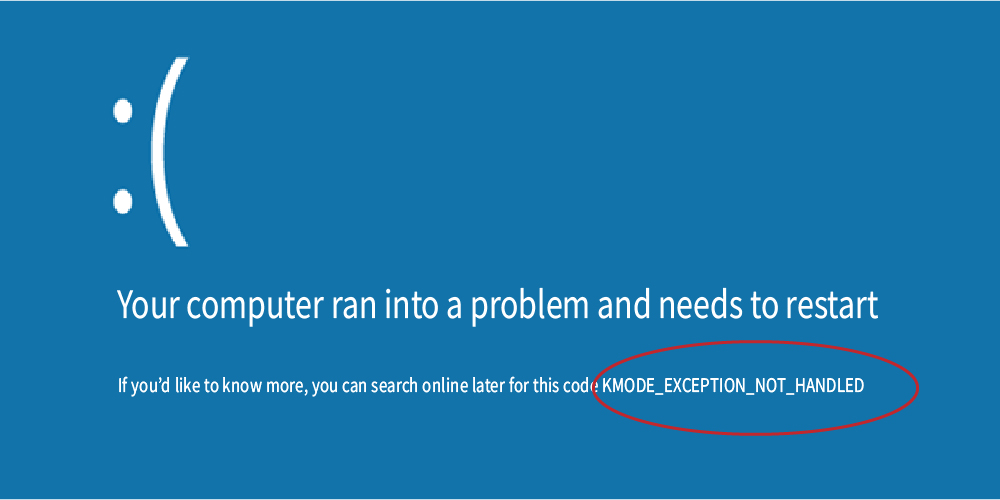
It’s the middle of the day, and just when you’re about to open your computer, a blue screen jumps up, saying that you’re having the KMODE_EXCEPTION_NOT_HANDLED problem. Frustrating as it seems, this problem can be fixed easily. Below we’ll show you how to do that step by step.
4 fixes for Kmode_Exception_Not_Handled
Here are four fixes for you to try. You may not have to try them all; just work your way down until you find the one that works for you.
- Disable fast startup
- Update faulty drivers
- Uninstall problem software / drivers
- Check for hardware compatibility
1: Disable fast startup
To fix the Kmode_Exception_Not_Handled error, you can try to disable fast startup. Follow these steps:
1) On your keyboard, press the Windows logo key and R at the same time. Type control panel and click OK.

2) Select to View by Large icons and click Power options.

3) Click Choose what the power buttons do.

4) Click Changed settings that are currently unavailable.

5) Untick the box next to Turn on fast startup (recommended). Click Save changes to save and exit.

6) There you go. See if the Kmode Exception Not Handled error is gone now.
2: Update faulty drivers
Installing incompatible or faulty device drivers will also trigger the Kmode_Exception_Not_Handled error and a variety of PC issues. To keep your drivers up and running and prevent similar BSOD errors, you could update the drivers following the methods below:
Manual driver update – You can update your drivers manually by going to the manufacturer’s website for them, and searching for the most recent correct driver. Be sure to choose only drivers that are compatible with your Windows version.
Automatic driver update – If you don’t have the time, patience or computer skills to update your video and monitor drivers manually, you can, instead, do it automatically with Driver Easy. Driver Easy will automatically recognize your system and find the correct drivers for your exact hardware devices, and your Windows version, and it will download and install them correctly.
You can update your drivers automatically with either the 7 days free trial or the Pro version of Driver Easy. It takes just 2 clicks, and you get full support and a 30-day money-back guarantee with the Pro version:
- Download and install Driver Easy.
- Run Driver Easy and click the Scan Now button. Driver Easy will then scan your computer and detect any problem drivers.
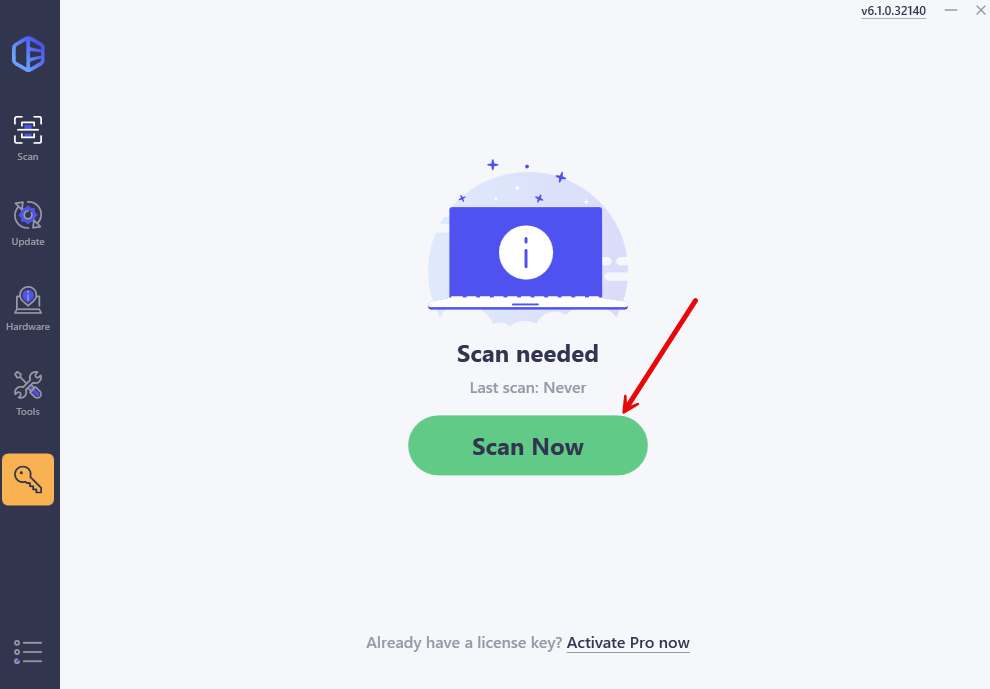
- Click the Activate & Update button next to the flagged device to automatically download and install the correct version of this driver.
Or click Update All to automatically download and install the correct version of all the drivers that are missing or out of date on your system (You’ll need the Pro version for this – when you select Update All, you’ll get a prompt to upgrade. If you’re not prepared to purchase the Pro version yet, Driver Easy provides a 7-day trial at no cost, granting access to all Pro features like fast downloads and easy installation. No charges will occur until after your 7-day trial period ends.)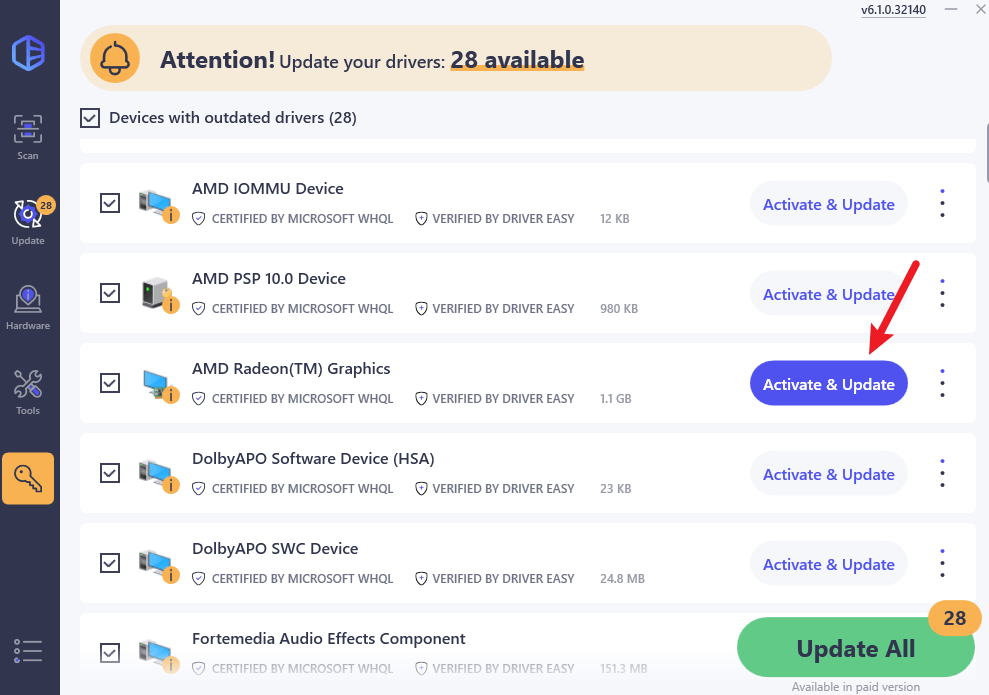
- Restart your computer for the change to take effect.
3: Uninstall problem software / drivers
Whenever your PC runs into problems, the very first thing you should do is to check for all the recent changes you’ve done to the computer.
For example, if you’ve just added a new hardware piece to your computer, and the Kmode Exception Not Handled error occurs, you can remove the hardware piece to see how the computer works. Or if you’ve recently downloaded a new program or updated your device drivers, uninstall them or remove them completely to test.
To remove the suspected faulty programs, follow the steps below:
1) On your keyboard, press the Windows logo key and R at the same time to open the Run command.
2) Type appwiz.cpl and press Enter.
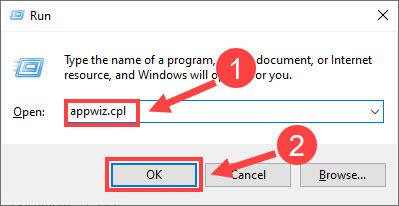
3) Click the program that you suspect to be the culprit and click Uninstall.
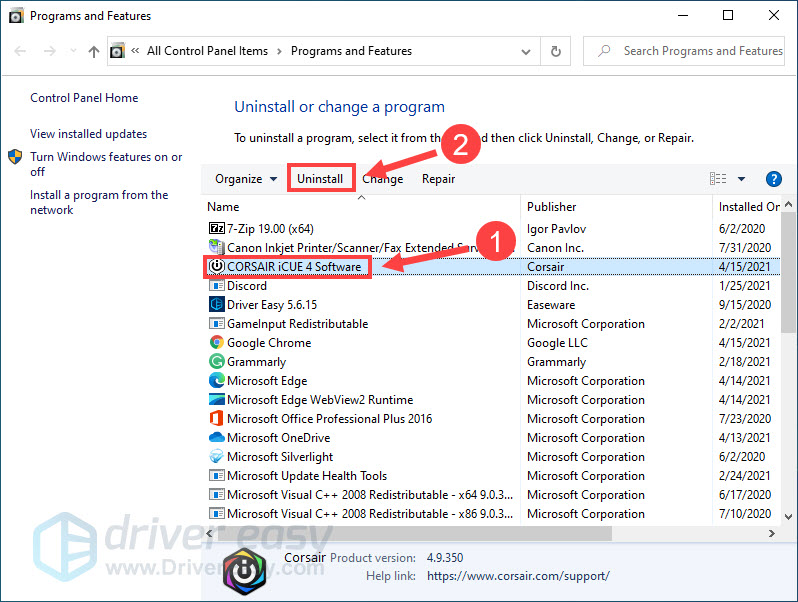
4) When you finish uninstalling the programs, restart your computer and see if the error appears again.
4: Check for hardware compatibility
If the Kmode_Exception_Not_Handled error frequently occurs after you upgraded your gig it’s likely the hardware is incompatible with your operating system. You could check the official documentation provided by Windows to learn more details about the hardware compatibility.
So here are 4 simple fixes for the Kmode_Exception_Not_Handled error. Please feel free to leave a comment below if you have any questions or suggestions.





